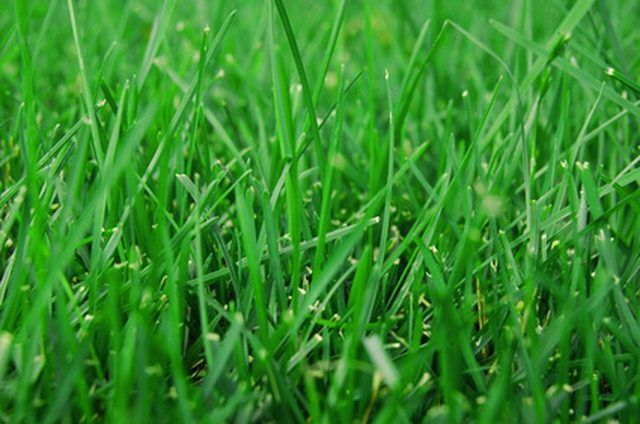Bulbs
Flower Basics
Flower Beds & Specialty Gardens
Flower Garden
Garden Furniture
Garden Gnomes
Garden Seeds
Garden Sheds
Garden Statues
Garden Tools & Supplies
Gardening Basics
Green & Organic
Groundcovers & Vines
Growing Annuals
Growing Basil
Growing Beans
Growing Berries
Growing Blueberries
Growing Cactus
Growing Corn
Growing Cotton
Growing Edibles
Growing Flowers
Growing Garlic
Growing Grapes
Growing Grass
Growing Herbs
Growing Jasmine
Growing Mint
Growing Mushrooms
Orchids
Growing Peanuts
Growing Perennials
Growing Plants
Growing Rosemary
Growing Roses
Growing Strawberries
Growing Sunflowers
Growing Thyme
Growing Tomatoes
Growing Tulips
Growing Vegetables
Herb Basics
Herb Garden
Indoor Growing
Landscaping Basics
Landscaping Patios
Landscaping Plants
Landscaping Shrubs
Landscaping Trees
Landscaping Walks & Pathways
Lawn Basics
Lawn Maintenance
Lawn Mowers
Lawn Ornaments
Lawn Planting
Lawn Tools
Outdoor Growing
Overall Landscape Planning
Pests, Weeds & Problems
Plant Basics
Rock Garden
Rose Garden
Shrubs
Soil
Specialty Gardens
Trees
Vegetable Garden
Yard Maintenance
How to Plant Grass Seed in the Rain
How to Plant Grass Seed in the Rain. Water is a critical step anytime you plant new grass seed. Without the proper amount of moisture, the seeds will fail to germinate. Although a garden hose or sprinkler is usually used to water the area for planting, there is no reason why you can't wait until it rains. The key to planting grass seed in the rain...

Water is a critical step anytime you plant new grass seed. Without the proper amount of moisture, the seeds will fail to germinate. Although a garden hose or sprinkler is usually used to water the area for planting, there is no reason why you can't wait until it rains. The key to planting grass seed in the rain is to ensure that it is a light rain rather than a downpour. If the rain is heavy, it will wash away the grass seeds.
Things You'll Need
Grass seed
Bucket
Sand
Trowel
Rake
Seed spreader
Determine how much grass seed to use for your size lawn by reading the application rate on the grass seed package. The rate will be in lbs. per 1,000 square feet.
Pour five parts of moist construction sand into a bucket and add one part of grass seed to it. Mix the contents of the bucket thoroughly with a trowel or garden spade. The sand will weigh down the grass seed so that it does not wash away in the rain.
Pour the sand and seed mixture into a seed spreader and set the rate of the spreader dial to the application rate specified on the grass seed package.
Move the spreader to the edge of the lawn and push down on the dispenser handle to begin applying the seed. Walk along the entire length of the lawn and turn around when you reach the end. Continue walking until you have applied grass seed to the entire surface of the lawn.
Rake the entire surface of the grass lightly to cover the grass seeds with soil. The seeds only need to be approximately 1/8 inch below the surface, so you do not need to rake very deep.
Keep the ground constantly moist until the seeds germinate after planting. If rain does not continue, water the ground with sprinklers or a garden hose.
Tips & Warnings
If you are planting Kentucky bluegrass seed, do not rake the yard after planting the seed as these seeds must be exposed to sunlight in order to grow.